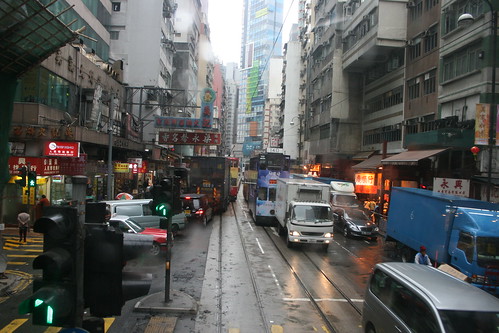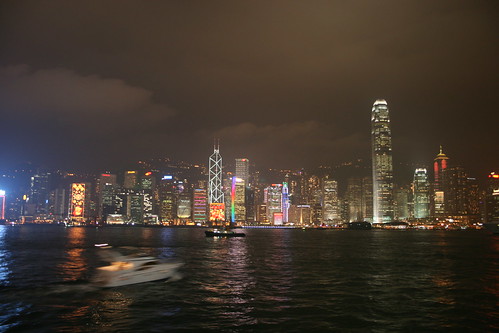While I haven't been posting much I still think about all of these issues every day. It doesn't matter whether it's a book I'm reading for fun or even for work when thoughts flood into my head that I would love to write about. I just wish I had more time, and was better at getting my points across.
This last weekend I went to Denver to hang out with some friends over the weekend and on the plane I decided that I would read a book that's been sitting on my shelf for a while. I should probably do that more often as the shelf is filling with books faster than I can read them. Sorry Peter Calthorpe, Ed Glaeser and Ryan Avent. I have the books, just not the time. This time it was a book that I had picked up cheap a few years ago. Many of you have likely read Malcolm Gladwell in the New Yorker or picked up one of his quick read books The Tipping Point or Blink. They drive me a little crazy with their internal repetition but ultimately it makes you think a bit more about certain subjects than you would without the 'priming'.
So I started reading Blink and read the chapter about
John Gottman and his love lab. By looking sitting down a couple to have a conversation about something relatively important for two hours, he claims to predict with 90% confidence whether that marriage will last. What did it boil down to? In the end he felt that the most important predictor was contempt. Out of all those emotions and interactions and issues that couples go through, is it really just one or two that predict accurately whether they will stay together? If Gottman's theory is true then yes.
Gladwell goes on to discuss the idea of
Thin Slicing, or taking pieces of experience to develop a quick hunch or theory. The first example given in the book is museum curators who spotted a fake statue right away by just looking at it even though all the testing would seem to say that it was an actual antique. And when people have gut reactions to things and end up being correct, making them explain why if they are untrained to do so often muddles the initial right answer. Perhaps a common case of over-thinking.
But going back to transit and transportation as I do, a thought immediately shot into my head. Let's call it my gut reaction. Transportation planners are looking for infinite ways to gain higher ridership and fill seats. Transportation modeling in the United States is a huge industry with tons of engineers working to figure out how to predict travel behavior. So much so that they are always trying out new inputs that might account for every single situation that could possibly happen. I know some are probably thinking about how the brick paving affects walkability to the station. Now as a disclaimer I'm not super knowledgeable in travel demand modeling, and only have cursory knowledge about how the tables work and issues with origins and destinations, but I feel as many people do that its mostly a black box.
But as much as people around the country are often outside of the wonks when it comes to transit planning and designs, it seems to me that they are often right on the money when it comes to thinking about transit and transportation policy. The phrase "it doesn't go anywhere" is probably the most overused in the lexicon of citizens thinking about transit planning. But we do know
from research that when a line does go somewhere it actually
has riders, lots of them.
My main motivation moving along this train of thought (i see what you did there) is to think about how we can open up those black boxes that are travel demand models such that people who's first thought is "where does it go" understand why they should or shouldn't support a line. Perhaps it would make the FTA's life easier as well when they have some city thinking about spending money on a line that, well, doesn't go anywhere.
And this is where my thinking might be starting to change on this subject. Perhaps instead of a million different factors like connections to households, zoning changes, whether there is a station canopy, brick sidewalks or small block sizes, we ask where does the line go. My metric of choice would probably be jobs or even intensity (workers+residents). If you connect places with high intensity, you can't lose. Connecting places with low intensity, you do lose. No one rides.
Ultimately what this comes to is a thin slicing of transit planning. Everyone knows what the answer should be yet many times 1+1 is not 2. We often get sidetracked by politics, or the idea of creating new development, a million different factors in the model, or even lack of enthusiasm because the last line failed. But if we just focused on getting a large portion of people where they wanted to go, then perhaps we wouldn't always be fighting about funding or political will or even citizen support. Because no one can dispute the facts if a line gets riders. If people are using the system, everyone knows and don't need to have someone tell them if its a failure or not.
I know this is a bit of an oversimplification. But we focus so much on the smaller details that we end up not coming out ahead in the end. So many places want transit so bad but they think the only way to do it is to build a super cheap line on an existing freight corridor and call it a day. Deep down people know that's wrong, and many places will end up paying because they didn't do what first came to mind.
Go where the people go.










